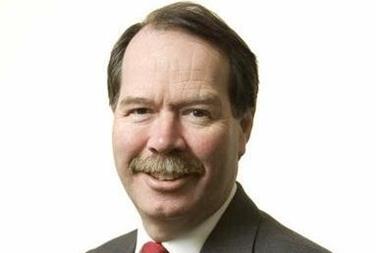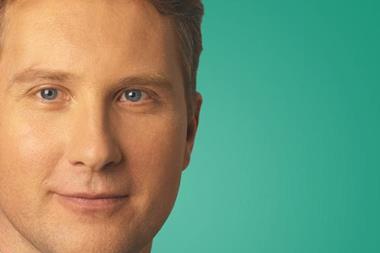Holding off on Laspo rate cuts was key, says chief executive

Allianz Insurance made a profit on motor policies in the first half of 2013 by refusing to chase the market on rate, chief executive Jon Dye has said.
Speaking after the company’s interim results were released, Dye said commercial motor was its “outstanding performer”, showing growth and profit, while broker motor was still profitable despite a £3m drop in revenue.
In the retail book, gross written premium (GWP) for motor was £82.3m in the first half, compared with £85.3m in the corresponding period last year.
Allianz had been able to make a profit in motor through “better underwriting, better pricing and better claims handling”, said Dye, who took over from Andrew Torrance as chief executive on 1 July.
“History shows that if you follow the market down, it is a good way to lose a lot of money,” he added.
Over recent years, Allianz had relaunched its products and segmented its distribution, said Dye. The company differentiated very strongly between “those brokers where we believe it’s possible to trade profitably and those where we are less confident”. In that way, it was possible to make money in the motor market, he said.
Allianz had made some “very modest reductions” in prices, but most of these were to do with “the mix in terms of the type of products we are taking on rather than just a flat rate cut”, Dye said.
Dipped rates sharply
Some competitors, especially in the second quarter, had dipped their rates sharply based on the benefits they expected to see from the Legal Aid, Sentencing and Punishment of Offenders Act (Laspo).
“What we are hearing is that at the time of Laspo, some of our competitors made cuts of between 5% and 15%,” he said. “That is too sharp.
“The market has taken a lot more credit from Laspo than is likely to materialise. These sharp price drops, we think, are going to be difficult to sustain.”
Across commercial, Allianz achieved a 5.4% rate increase, which was about what the company needed to cover claims inflation, said Dye. “It’s OK, but it really needs to be better than that to get the market into the right place.”
The commercial property account was doing well, with revenue up 20% to £65.5m, but Allianz was not confident it was getting enough rate in the casualty account – and especially employment liability – and was focusing on turning it around.
“We’ve been getting about 9% on our liability account in terms of rate,” said Dye. “We think we need to keep pushing there.”
Business model
The real strength of the commercial business was its business model, he said. Allianz was still delivering local underwriting expertise and service to its brokers through its branch network.
“We are absolutely committed to that and we think we have got the right model,” he said.
Retail had strengthened over recent years through work across all strands, with pet performing especially strongly, said Dye. Looking forward, he expected profitability and growth from both segments, with corporate, health, legal protection and pet all continuing to be important in retail.
Asked what he expected in the full-year results, Dye said: “We should be able – with the usual caveats about weather and catastrophes and all of that on the table – to take these numbers and pretty much double them.”




































No comments yet